Xiaomi has just announced a plan to invest 50 billion yuan (about 6.9 billion USD) over the next 10 years to develop self-designed mobile chips, marking a major step forward in its long-term technology strategy and declaring a challenge to giants like Apple, Samsung and Qualcomm.

The information was posted by CEO Lei Jun on Weibo on May 19. He also confirmed that Xiaomi has invested 13.5 billion yuan ($1.87 billion) in the development of a new chip line called Xring O1. This is a chip manufactured on a modern 3nm process, equivalent to the Apple A18 Pro in the iPhone 16 Pro and 16 Pro Max lines.
The Xring O1 chip is expected to be officially launched at a major event on May 22, where Xiaomi may introduce new hardware products such as smartphones, tablets, and electric vehicles. It is not yet clear which device will be the first platform to integrate the Xring O1 chip.
Strategic moves in the face of global competition
As the US tightens its grip on China’s technology, developing domestic semiconductor chips has become a strategic priority for many large technology corporations. Xiaomi does not hide its ambition to become one of the few phone manufacturers in the world to master semiconductor technology, alongside Apple, Samsung and Huawei.
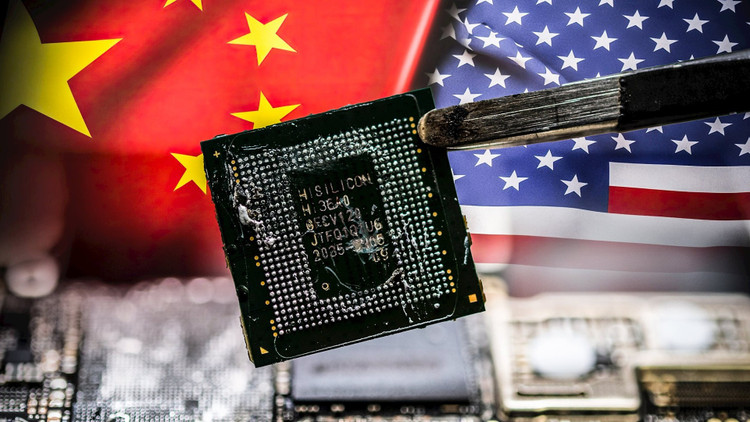
The 50 billion yuan investment will begin in 2025 and will build up long-term SoC (system on a chip) design and manufacturing capabilities, according to a company spokesperson. In addition to performance, custom chips will give the company greater control over the software, hardware, and user experience that have made Apple successful.
Not the first time Xiaomi makes chips
In fact, the Xring O1 is not Xiaomi’s first attempt at chips. The company launched the Surge S1 chip in 2017, but it failed to live up to expectations due to limited performance and lack of design experience. Xiaomi then shifted its focus to developing auxiliary chips such as power management chips and image sensors.
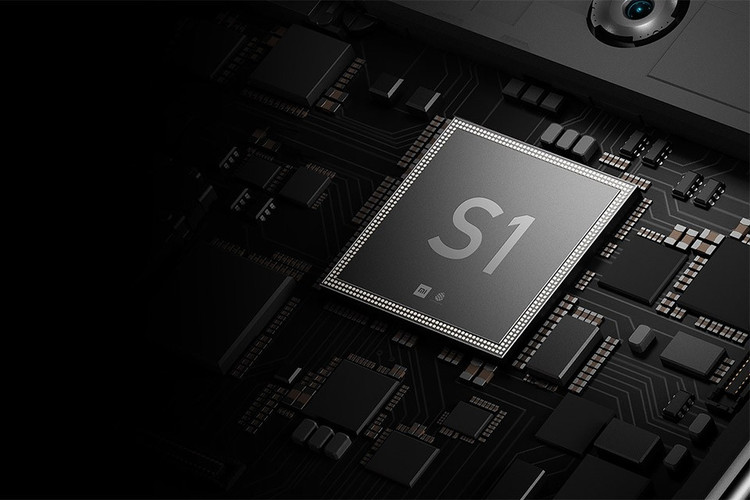
The return of the Xring O1 shows that Xiaomi is more serious than ever about its “semiconductor dream”. “To become a leading technology company, you must master the chip,” Lei Jun asserted.
Opponents remain cautious
Responding to CNBC, Qualcomm CEO Christiano Amon said that Xiaomi's development of its own chip does not affect the current relationship. He believes that Xiaomi's high-end product lines will continue to use Snapdragon chips in the future.

However, with an increasingly large scale of investment, many experts believe that Xiaomi is laying the foundation for technological independence, while expanding its influence in the hardware ecosystem, from phones, tablets, to electric vehicles and smart homes.
Source: https://khoahocdoisong.vn/xiaomi-chi-69-ty-de-phat-trien-chip-xring-o1-tien-trinh-3nm-post1542556.html










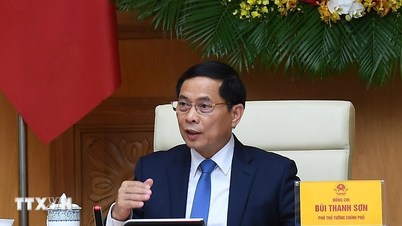











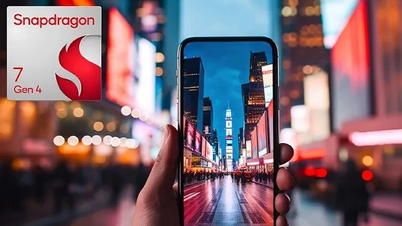




































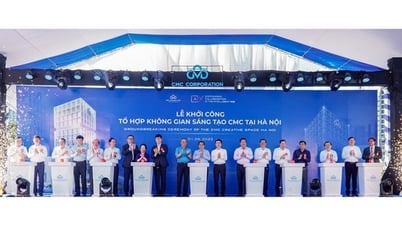













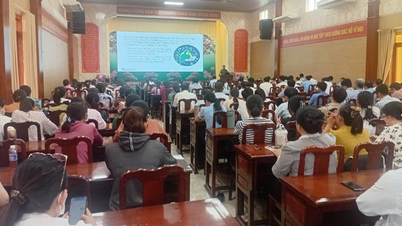



















Comment (0)